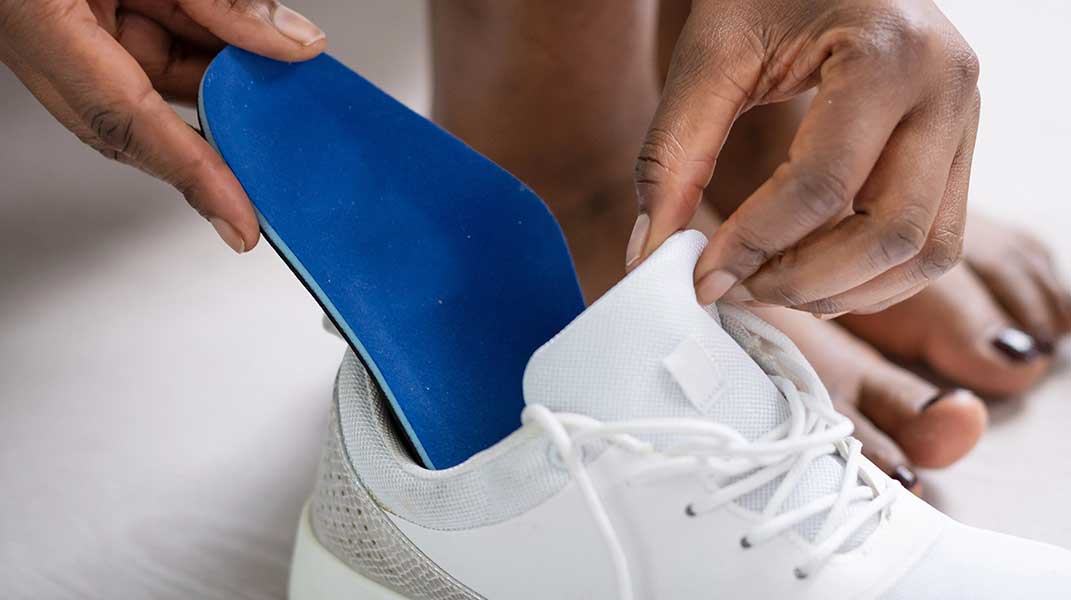Athletes constantly seek methods to optimize their performance and gain a competitive edge. Training regimens, nutrition, and equipment all play a role in achieving peak physical condition. For many, it all starts with the feet. Custom orthotics, available through a custom orthotics clinic, are inserts designed to support the unique structure of an individual’s feet. These devices are increasingly used by athletes to address biomechanical needs. Understanding how they function can provide insight into their role in sports.
How Do Custom Orthotics Support Athletes?
Custom orthotics are designed from a mold of an individual’s feet, providing a personalized fit that generic inserts can’t match. By supporting the foot’s natural structure, they help evenly distribute pressure, improve alignment, and manage the repetitive stress athletes face during high-impact activities like running and cycling.
- Pressure Distribution: Orthotics can redistribute pressure away from sensitive areas of the foot. This helps reduce localized stress during activities such as jumping or running.
- Biomechanical Alignment: They can guide the foot into a more neutral position. This adjustment may affect the alignment of the ankles, knees, and hips, potentially leading to more efficient movement.
- Shock Absorption: Certain materials used in orthotics can help absorb shock upon impact. This lessens the force that travels up the leg with each step or landing.
The goal of this personalized support from a custom orthotics clinic is to create a more stable base for the body. When the feet are properly supported, an athlete’s movements can become more controlled and efficient. This foundation enables athletes to focus on their performance with greater stability.
Do Orthotics Improve Athletic Endurance?
Endurance in sports is linked to the efficiency of movement. When the body moves efficiently, it conserves energy, which may allow an athlete to perform for longer periods. Custom orthotics may contribute to this efficiency by optimizing foot function. A well-aligned foot can facilitate a more efficient transfer of energy throughout the legs and body.
By correcting subtle imbalances in the feet, custom orthotics can help athletes streamline their gait or movement patterns. This means fewer compensatory movements that the body makes to account for poor foot mechanics. Over the course of a long race or game, this preserved energy can make a noticeable difference in an athlete’s stamina and overall performance levels.
What Role Do Materials Play?
The athlete’s sport, body weight, and specific needs directly impact the materials chosen for custom orthotics. These materials directly impact the orthotic’s functionality, including its rigidity, flexibility, and cushioning. Each orthotic is as unique in its construction as it is in its shape.
- For sports with quick, sharp movements (e.g., basketball, tennis): Firmer materials like graphite or plastic work best. These provide strong support and control, stabilizing the foot during lateral movements.
- For long-distance running: More flexible and cushioned materials are selected to absorb shock and provide comfort over extended periods.
- Personalized construction: The material combinations are tailored to meet the demands of the athlete’s activity, providing maximum performance and protection.
By carefully selecting the right materials, custom orthotics may enhance performance and provide the necessary support for each specific activity. This allows athletes to perform at their best while minimizing the risk of injury.
Visit a Custom Orthotics Clinic
Exploring how custom orthotics can be integrated into an athletic regimen starts with a professional evaluation. These devices are designed based on an individual’s unique biomechanics and the specific demands of their sport. A specialist can assess foot structure, gait, and movement patterns to determine if orthotics are a suitable option. If you are looking to refine your performance, speaking with a professional at a custom orthotics clinic is a practical next step. They can provide guidance and help you understand how a personalized device could support your athletic goals.





Leave a Reply